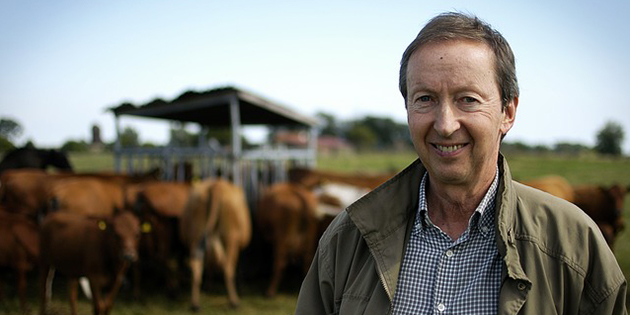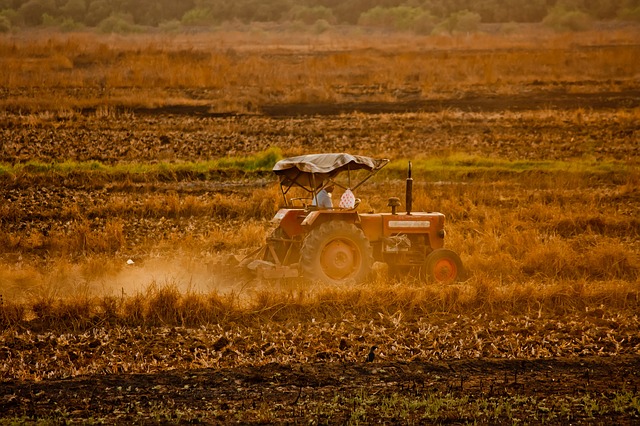In today’s digital environment, your website is the center of your business’s online world. Almost every aspect of your business revolves around it in some way.
Customers come to your website to learn about your business. In many ways, your website functions as a member of your staff in that it plays a huge part in your business’s brand awareness, lead generation and customer conversion. Therefore, it is not difficult to see why your website has a dramatic effect on every aspect of your business.
Despite the incredible difference a business’s website can make – both positively and negatively – on its success or failure, many of even the savviest business owners put its maintenance and upkeep at the bottom of his or her list of priorities. Why? It usually comes down to one (or more) of the following three reasons:
- Lack of time
- Lack of money
- Lack of know-how
Overcoming these three obstacles is essential to the health of your business. In many cases, it may pay to outsource your website upkeep to a company that specializes in website development and maintenance. The best part is, if you pick the right company, it will be surprisingly affordable. Further, since a well-maintained website is almost certain to help generate more sales leads, in most cases you will end up making money by outsourcing.
So what exactly does a high-quality, customer-friendly website look like, and more importantly, what can it do for your business?
It is well-designed. Pages are clean with the perfect mix of images, text and multimedia features.
It is easy to navigate. Visitors can find their way around the site with ease. Your contact information is front and center and links are descriptive and logically labeled.
It is mobile-friendly. Whether they are accessing your website from a smartphone, tablet or any other type of device or computer, it is easy to read and navigate.
It supports what your sales people are saying in the field. Your website should have the latest information and be perfectly in sync with every other aspect of your business.
It is full of quality, timely content. You should be posting new blogs and content on a regular basis. Nothing turns visitors off like returning to your site and never seeing anything new. Is your last blog post from six months ago? Not a good sign.
It allows for feedback. When it comes to SEO ranking, content is crucial. Feedback on your content is crucial, as well. Therefore, your website needs to encourage engagement and allow people to comment on your posts. That’s what will get you noticed by the search engines – and customers.
Your website needs to work as hard as you do for your business. If it’s doesn’t, you need to make some changes – fast!
Contact US Farm Data if you are interested in strengthening your website, and increasing your visibility on the web. 800-960-6267 Call us today!





